PaRa Travels B.V.
COC: 86145347
VAT: 863876043B01
Bank: NL58INGB0675956862
The online travel guide for Cusco, Peru
Reading time +/- 15 minutes
Cusco, Peru
Cusco is without doubt one of the most beautiful cities in Latin America and if you go to Peru you should not miss a visit to this wonderful city. Follow the footsteps of the Incas – the first inhabitants of Peru – and admire the old Inca capital with its picturesque alleys, Baroque churches and atmospheric squares. The bustling heart is formed by the impressive Plaza de Armas, which is still used today as a cultural and historical center. During an (organized) walking tour you get the opportunity to see the colonial Spanish houses that are often built on the foundations of the former Inca palaces. You can taste the typical Inca atmosphere at the sacred archaeological sites such as the Koricancha (Temple of the Sun), Sacsayhuaman and more.
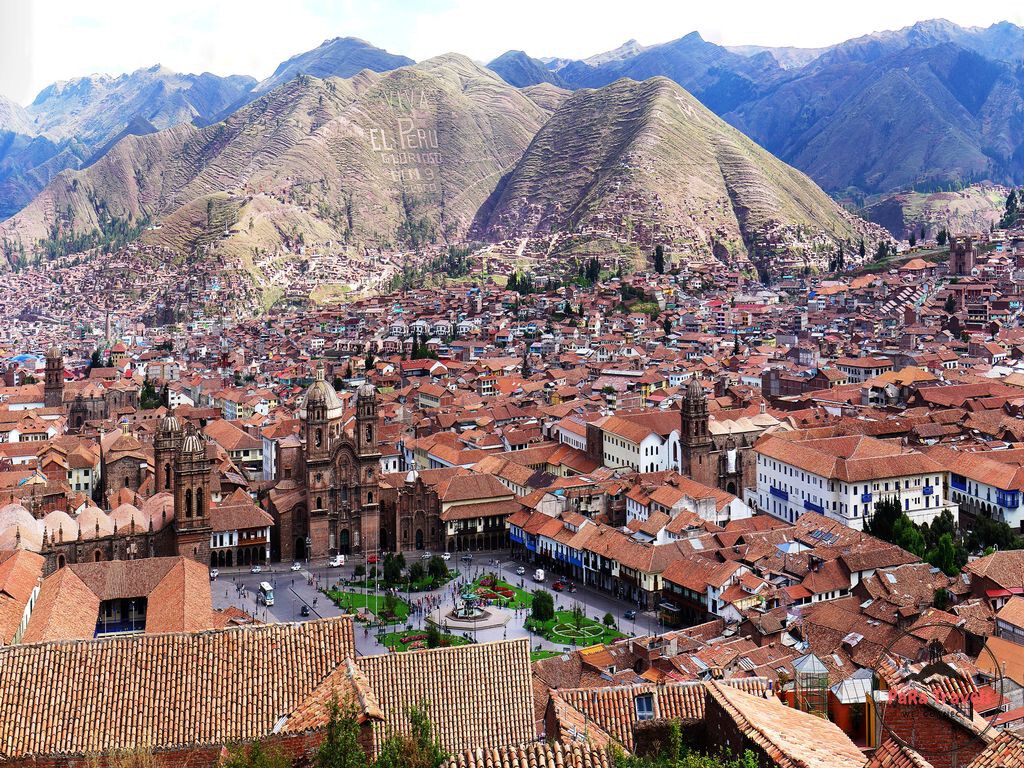
After a day of toil it’s time to relax and Cusco is perfect for that too. Enjoy authentic Peruvian dishes such as lomo saltado, ceviche or cuy in one of the cozy restaurants and end your evening with a Cusqueña (Peruvian beer) in one of the vibrant nightlife cafes and clubs.
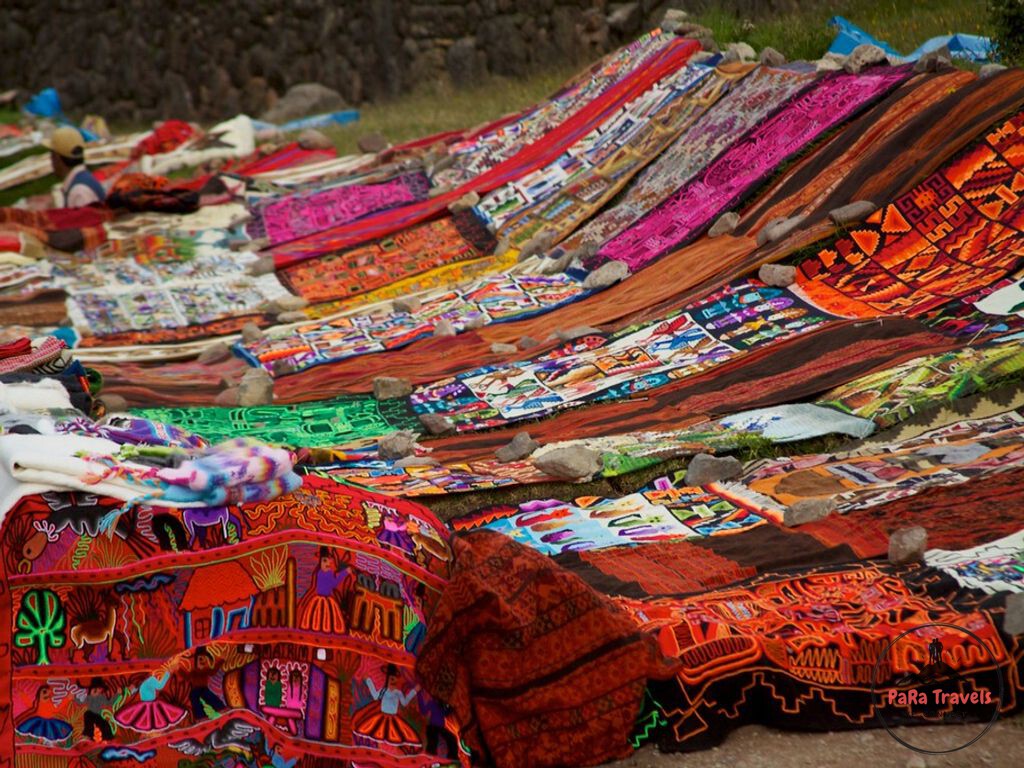
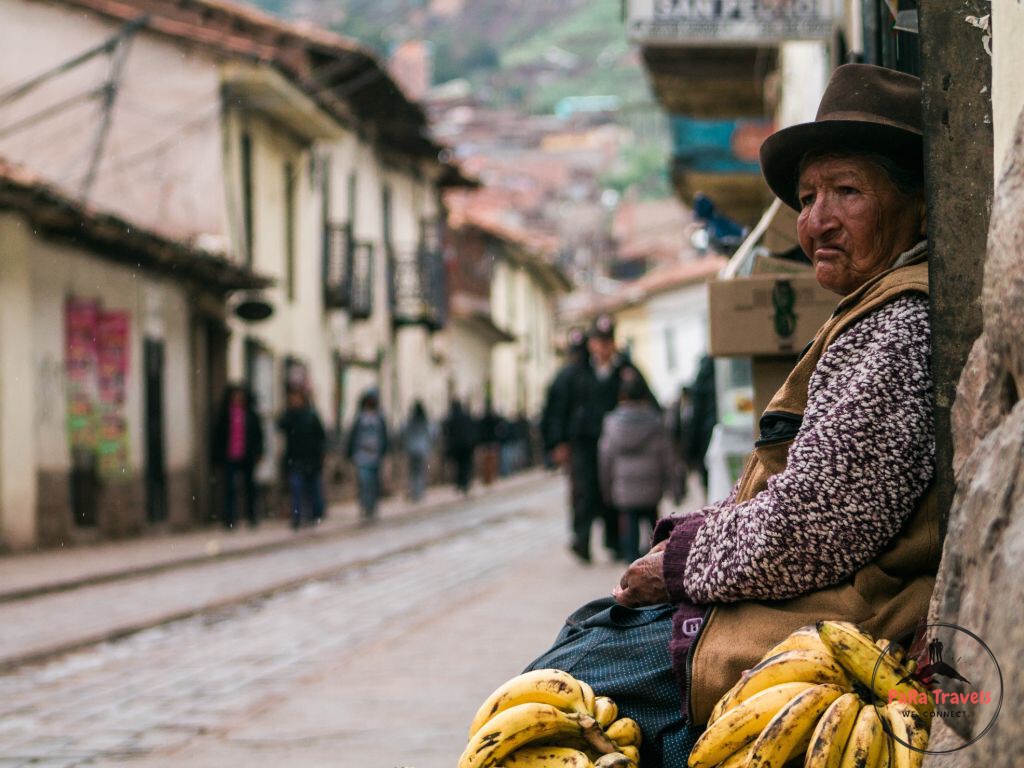
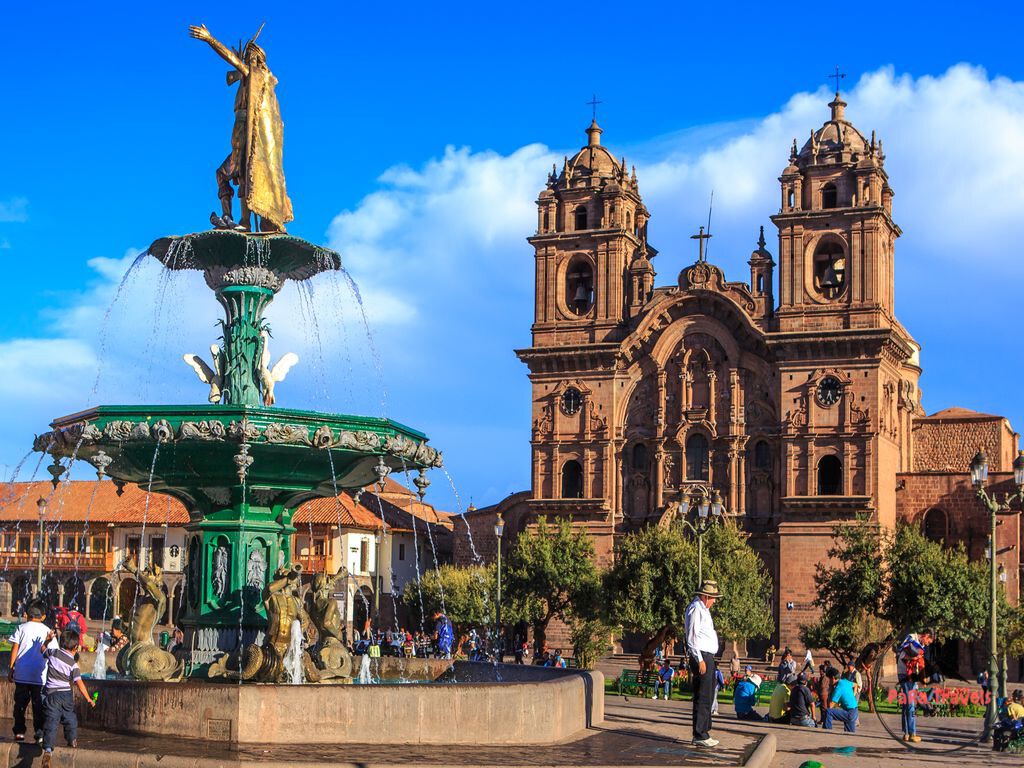
Fortunately, after viewing the city, you have just started and probably the best is yet to come! Cusco is the perfect starting point for a visit to the world famous Machu Picchu and also for visiting many natural reserves such as the Rainbow Mountains, Sacred Valley and the Peruvian Amazon. Take a look below how you can best enjoy this cozy city and beautiful surroundings.
Machu Picchu
Hidden among the high peaks of the Andes are the majestic ruins of the sacred Inca city of Machu Picchu. Enclosed between steep mountain peaks, it remained undiscovered until the Spaniards rediscovered it in the sixteenth century. The steep road to the mysterious city is still intact and can still be visited by the spectacular route created by its former inhabitants, the Incas. There are several theories about the function of the city, but the most plausible is that it was a retreat for kings and other highly civilized people. A visit to this highlight of South America will stay with you for the rest of your life!
There are several trekkings that lead to Machu Picchu. Each trek has its own beauties and specialties.
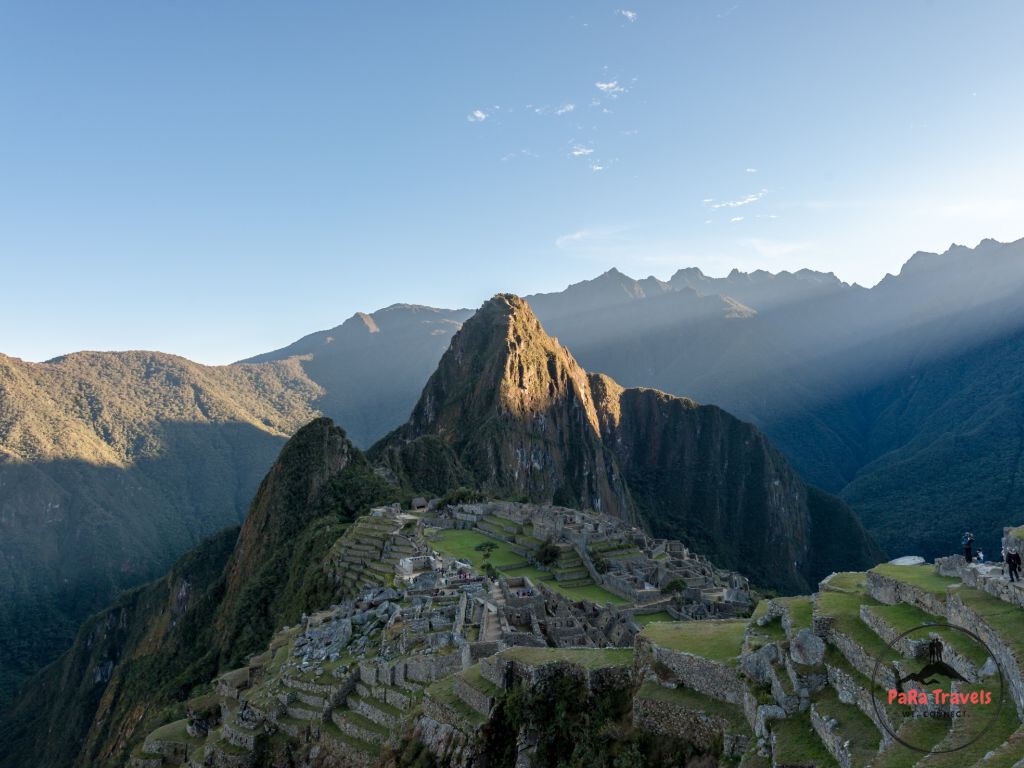
What are the differences between the Machu Picchu Trails?
Inca Trail
By far the most famous trail to the Machu Picchu is the classic Inca Trail. It even is the most popular hiking route in Latin America. You walk the roads that the Incas have formed into a very extensive network of almost 40,000 kilometers of hiking trails. These ran into the far reaches of the empire, stretching from Quito in Ecuador to Santiago in Chile and Mendoza in Argentina.
Part of this network (43 km) leads past important archaeological complexes of the Incas, including Runcuracay, Sayacmarca, Phuyupatamarca, Wiñay Wayna and the world famous Machu Picchu. This trail has become popular in the last 30 years under the name of “The Inca Trail to Machu Picchu”. The trail has a varying difficulty with different trails and slopes. It is a great and not to be missed trail for adventurers: who doesn’t want this scratched off his / her bucketlist?
You can discover this trail in either four or two days. Due to a fixed number of allowed visitors per day and the growing reputation, it is important to book the Inca Trail far in advance (read: several months), especially if you would like to go in the high season. If you would like to go during the summer holidays, you should already book around November / December.
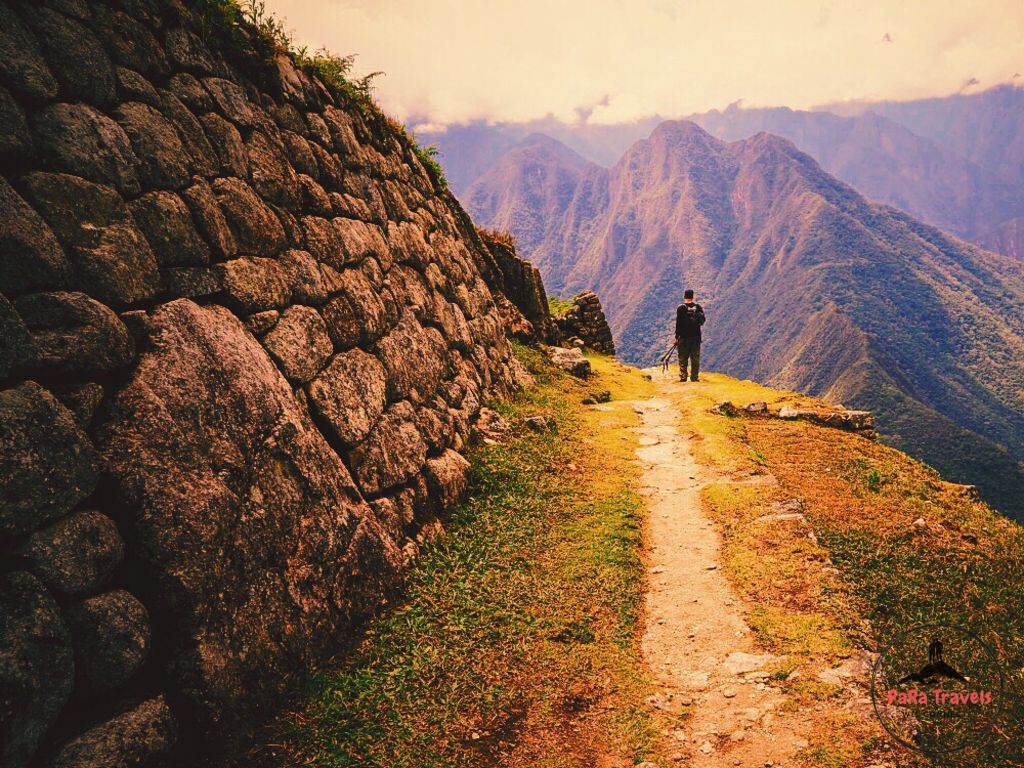
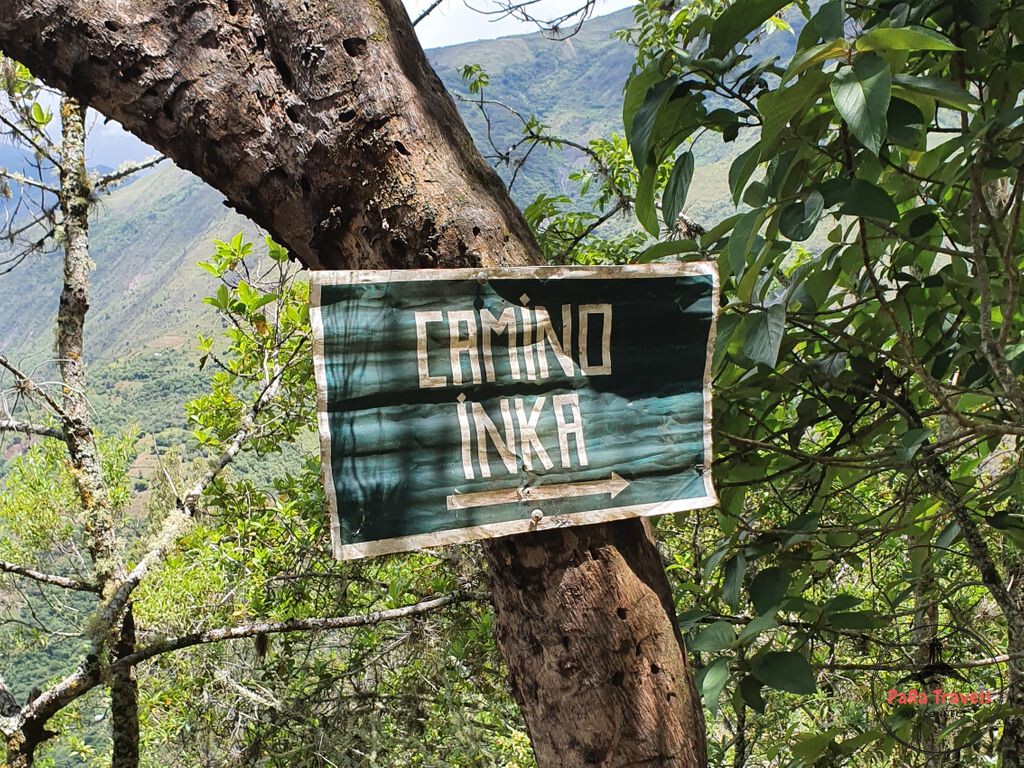
Salkantay Trail
The Salkantay Trail is known as the best alternative route to the famous Inca city of Machu Picchu. This beautiful but difficult hike takes you over one of the highest and most impressive mountains of the Peruvian Andes; the sacred mountain of Salkantay (with an altitude of 6271 meters!).
The tour offers a wide variety of beautiful landscapes, including the Quechua communities, the Inca ruins, the jungles with many different animals and medicinal plants and the overwhelming snowy peaks with breathtaking viewpoints.
The Salkantay trail is generally hiked in either five or four days, but other variations are also possible. Because of the many climbing and descending you have to be reasonably fit to complete this tour. Also bring some warm clothes and a good sleeping bag to brave the cold nights in tents!
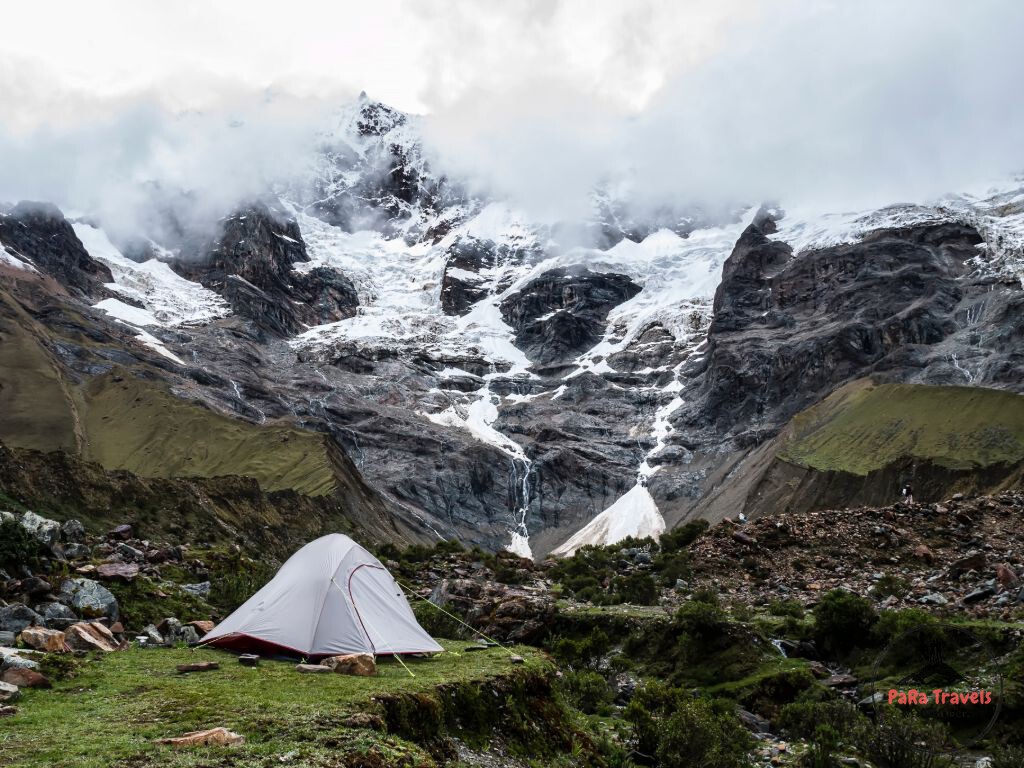
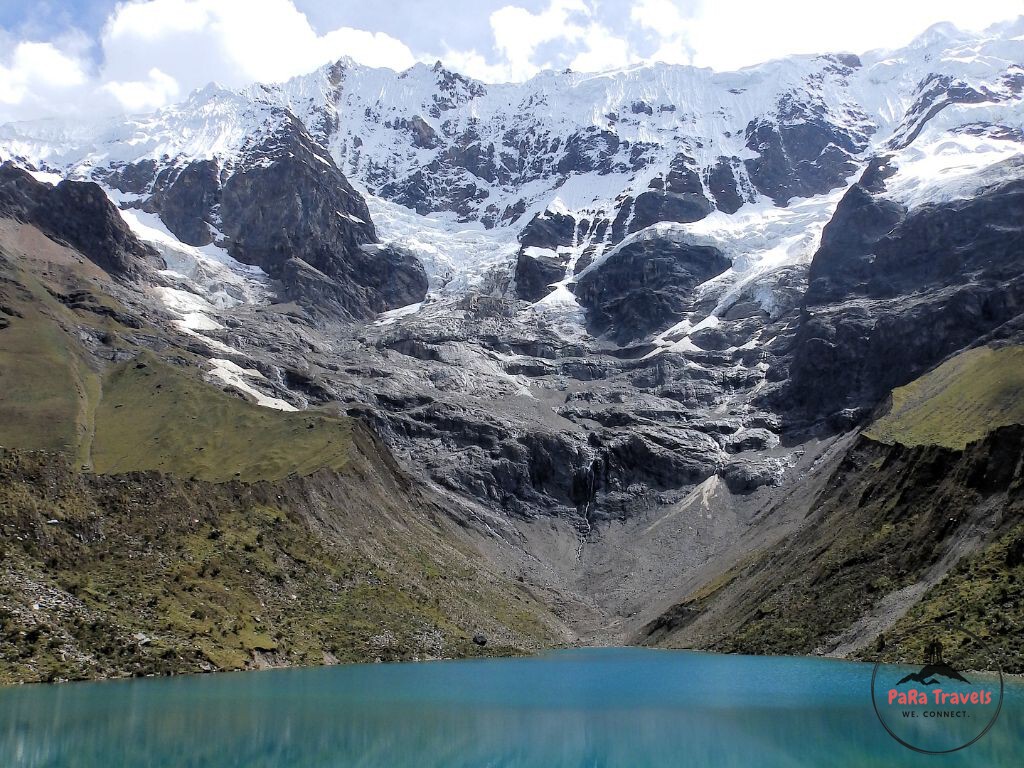
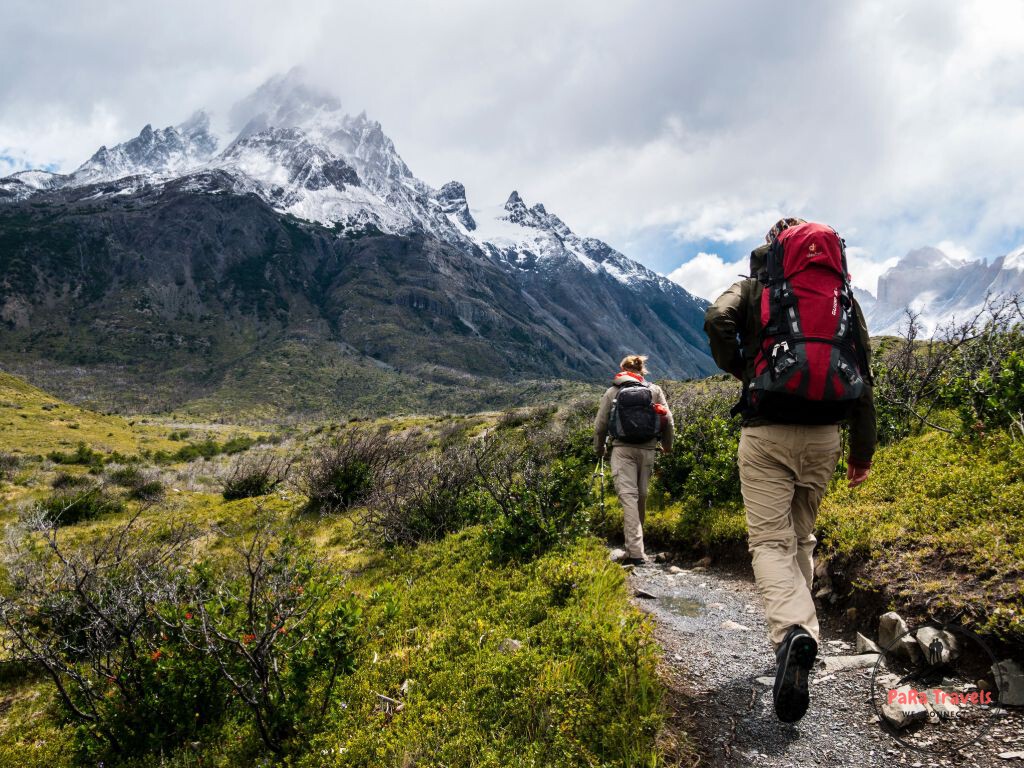
Jungle Trail
The three- or four-day Jungle Trail (confusingly sometimes referred to as the “Inca Jungle trail”) is another alternative that leads to the citadel of Machu Picchu. It is a once in a lifetime experience in the middle of nature with unique flora and fauna and many small known archaeological remains.
The experience of walking on narrow trails – including parts of real Inca trails – combined with mountain biking, rafting, ziplining and hot springs makes this trail the perfect experience for thrill seekers. Walking is a little less central to this route than the other routes, making it the perfect alternative for families looking to visit the Inca citadel of Machu Picchu.
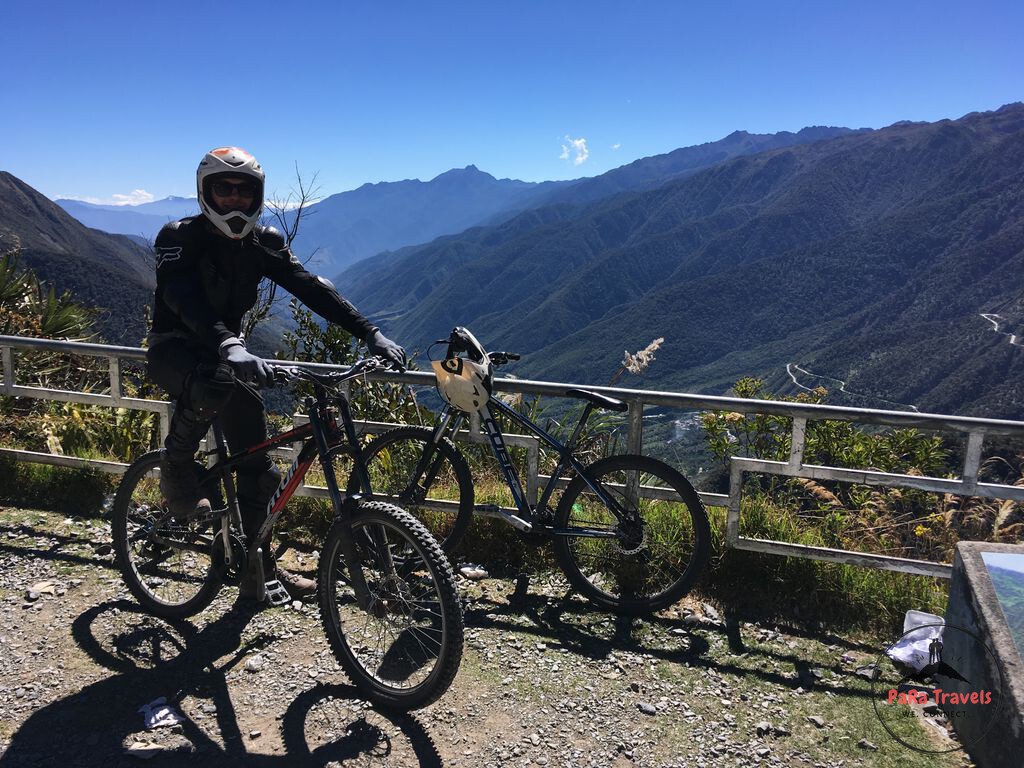
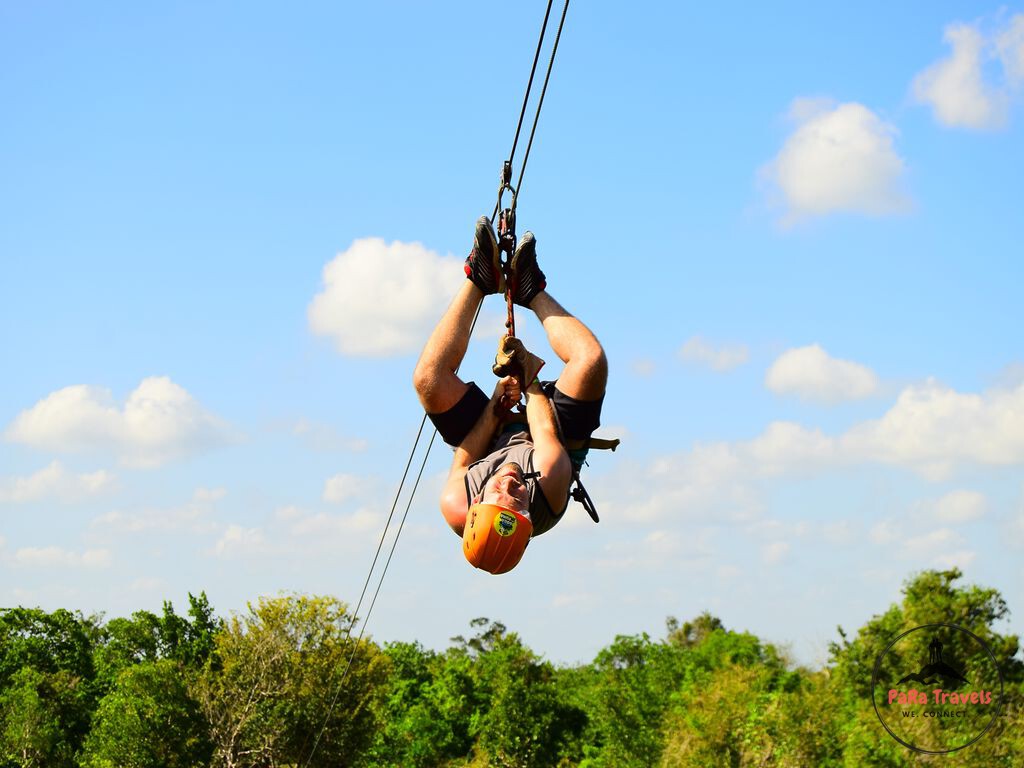
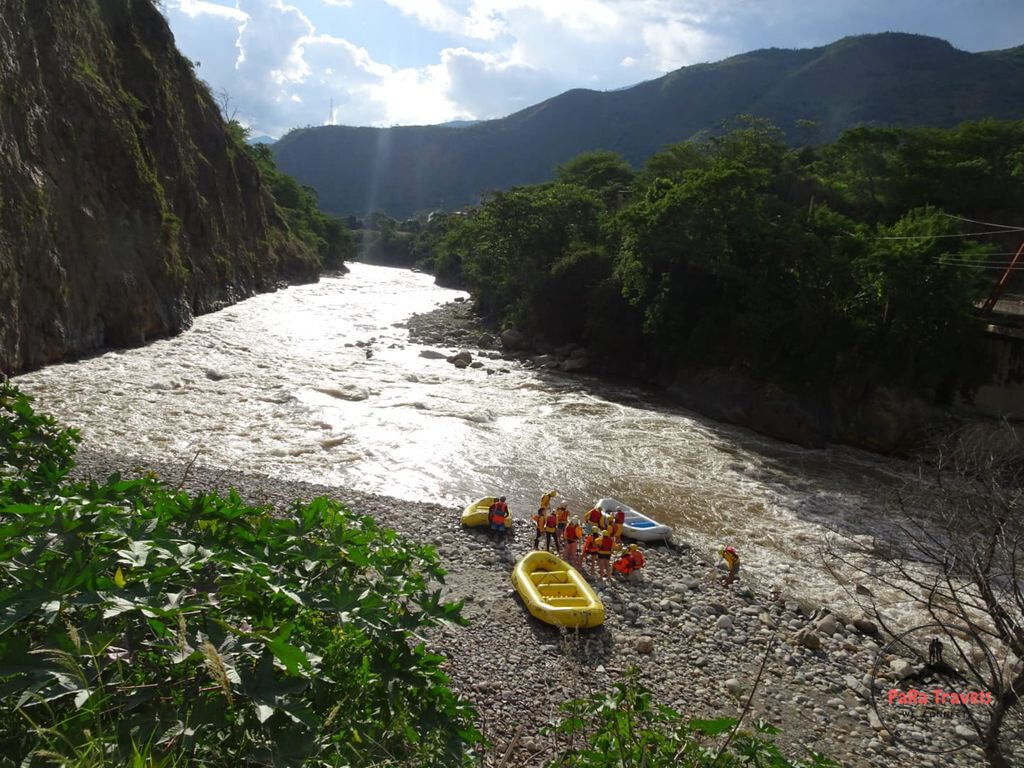
Short Trail
If you only stay in Cusco for a few days (which is definitely not recommended) but do not want to miss the Machu Picchu, there are some options to go back and forth ‘’in a flash.’’ In one or two days you travel by train to the suburb of Machu Picchu, called Aguas Calientes, and then visit the beautiful Machu Picchu.
I personally recommend doing a longer trail because these trails are a huge experience themselves. If you, however, do not have the time for this, this is a perfect solution to cross the Machu Picchu off your must-see list!
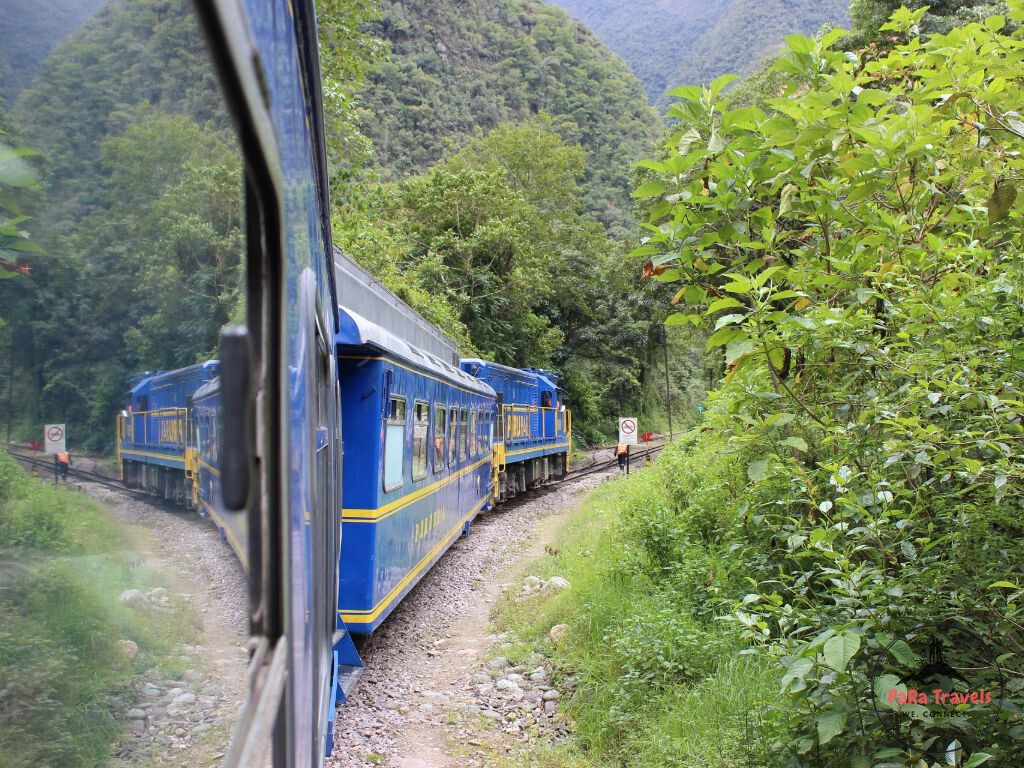
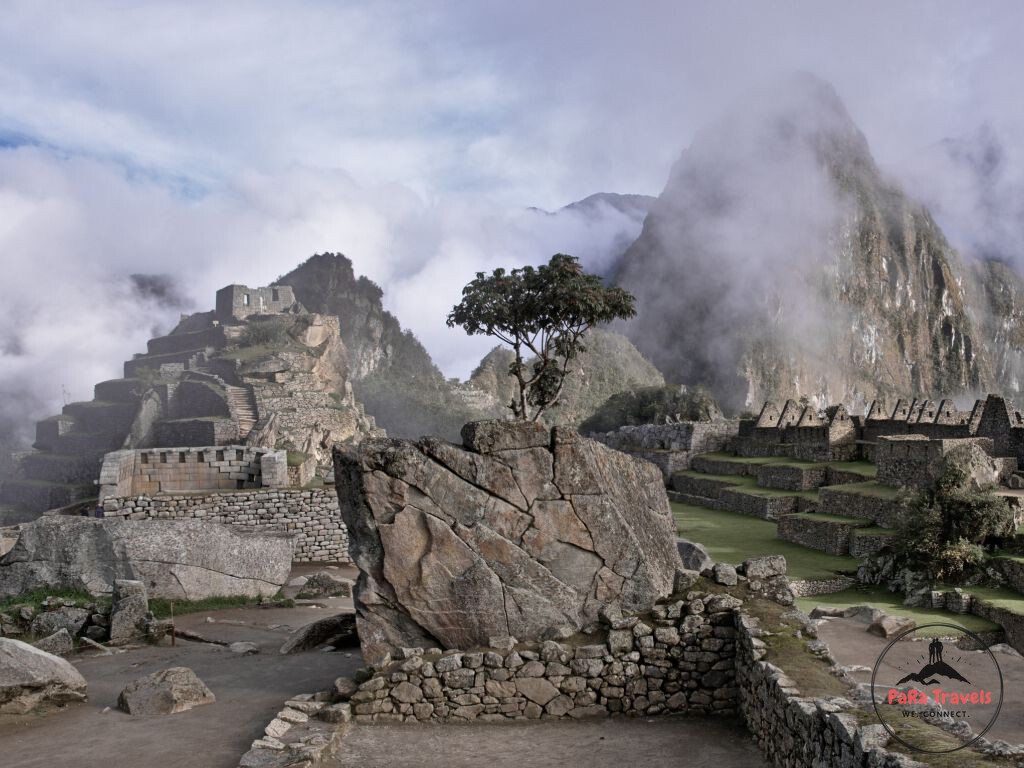
Huayna Picchu and Machu Picchu Mountain
An extra option that you can choose around the visit to the Machu Picchu is to visit one of the two famous mountains (Spanish: montañas) around the Machu Picchu, called the Huayna Picchu and the Machu Picchu Mountain. Both give them the opportunity to see the Inca city from a different perspective than just above or in the middle of the city itself.
Which one to choose depends – besides the availability – on your own motivation. Machu Picchu Mountain takes about 1.5 hours to climb up and 1.5 hours to climb down. You go up and down before entering the Machu Picchu city itself. Huayna Picchu takes about 45 minutes to hike up and another 45 minute to hike down. The entrance is from Machu Picchu city itself; you will return on the same point. From the Huayna Picchu you look from a different side to the Machu Picchu (left picture) than the usual viewpoints, which is why this mountain is my personal favorite. Both are a real addition to the experience and highly recommended if you ask me!
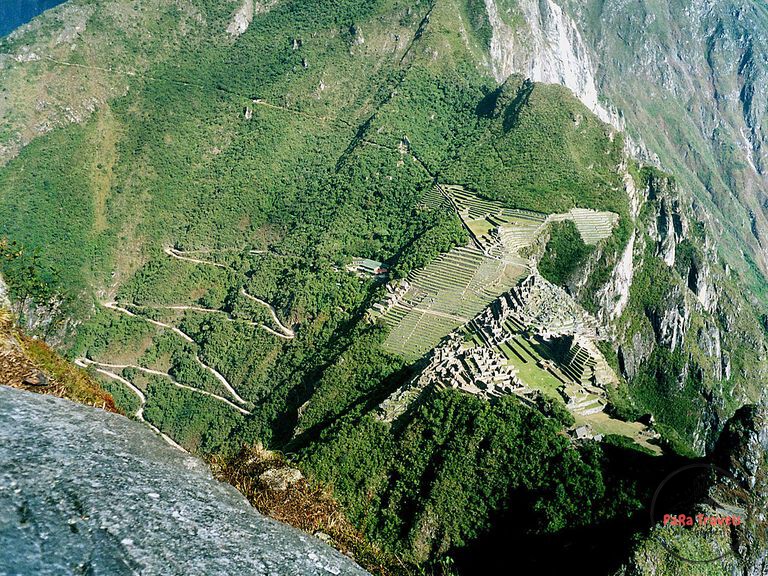
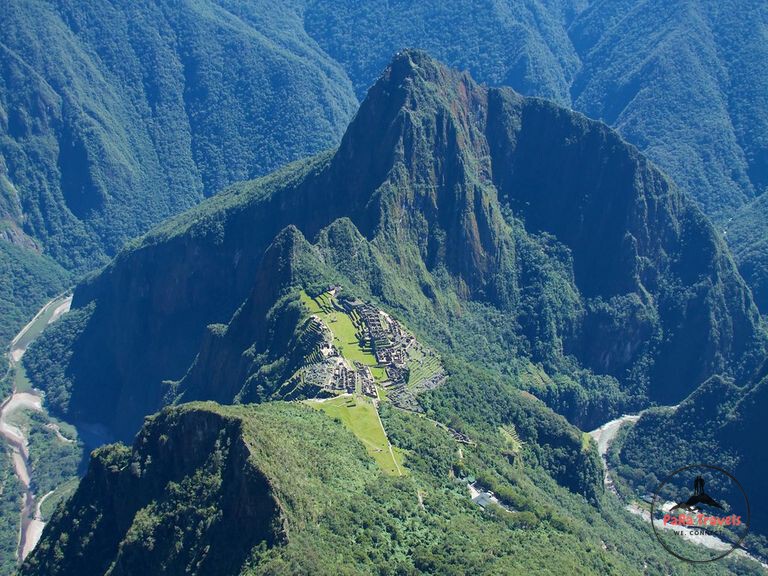
There are so many tour operators, with whom should I book?
For all Machu Picchu tours there are a lot of operators online (and locally), who often all offer the same tour but do have their own price tag. If you want to book in advance (which is a requirement with the Inca Trail, it is recommended if you want sunrise tickets, visit one of the ‘mountains’, or would like to return by train), make sure you don’t pay too much and watch out for scammers. In principle, do not buy from people on the street who offer you a ticket there, as they are often invalid.
Tip: A good provider for a lot of tours around Cusco is PaRa Travels (see bottom of this blog), a Dutch travel agency with very easy and quick contact so you can book in advance for a local price! Other providers on the internet charge prices that are sometimes two to three times as expensive.
Other tours around Cusco
Rainbow Mountain (and The Red Valley)
The mountain of the seven colors, known in English as the Rainbow Mountains and known to locals as Cerro Colorado, is located in Vinicunca, about 100 km from the city of Cusco. The mountain range is dominated by the beautiful snowy Ausangate with a height of 6384 meters, but the Rainbow Mountain itself already has an impressive height of about 5000 meters. Ultimately, it is of course about the beautiful color combination that you can not find anywhere in the world in this way!
During one of the tours you hike through the beautiful landscape and eventually climb almost 1 kilometer in about 2 or 3 hours! Make no mistake, because of the high altitude, the amount of oxygen in the air is a lot lower, which is very hard to get used to for many people. Make sure you have been more than three days in Cusco surroundings before doing this tour to get used to the altitude. The Rainbow Mountain is surrounded by the Red Valley, which is definitely worth a visit.
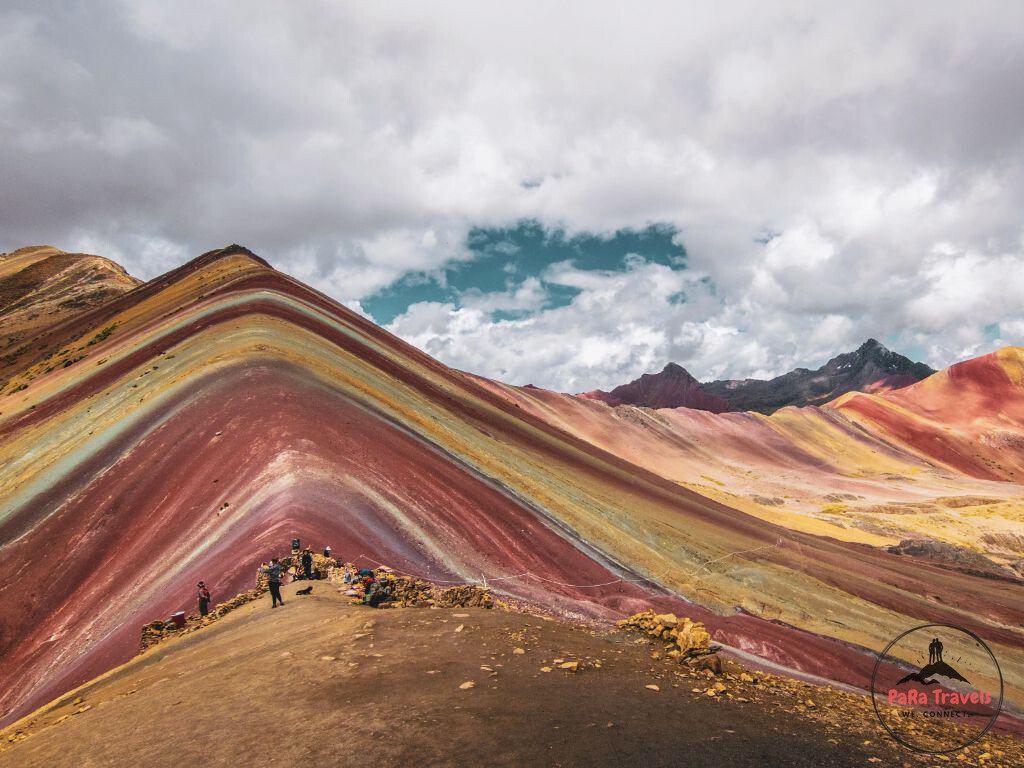

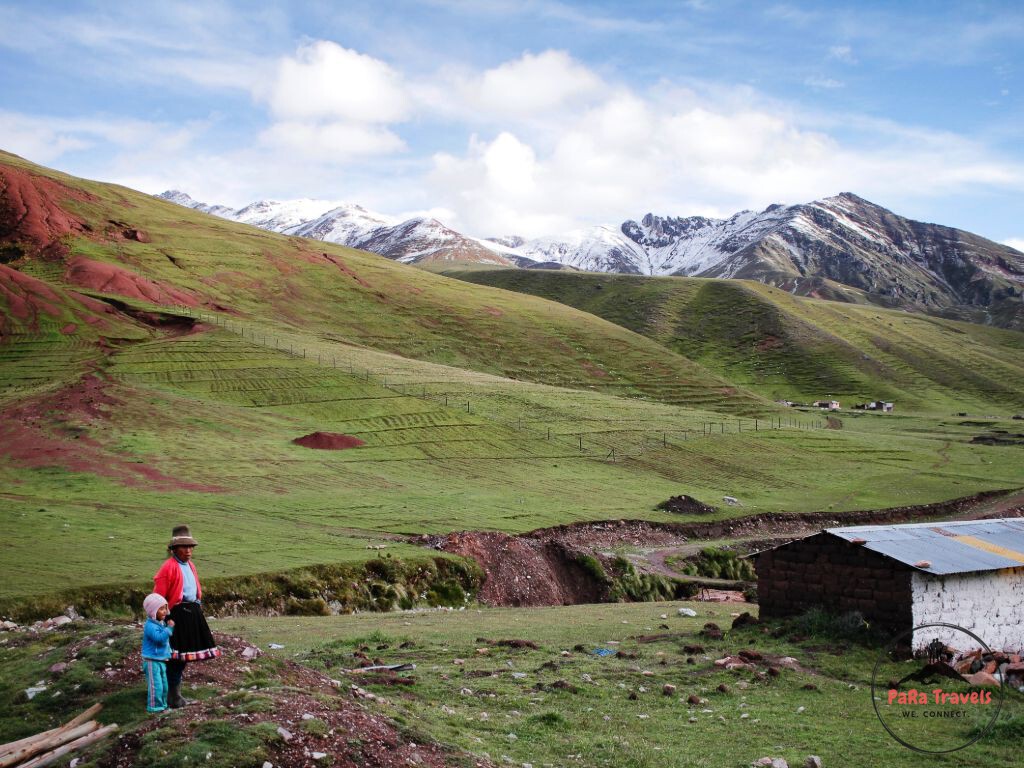
Sacred Valley
The Sacred Valley of the Incas (Spanish: Valle Sagrado de los Incas) is yet another beautiful relic of the Inca civilization. The erosion of the Urubamba river has created a valley right through the steep mountains. The valley has been used extensively by the Inca civilization over the years, which can be seen to this day from the many ancient Inca ruins. During this unforgettable tour you will pass through many different areas, each with its own splendor; in small villages / towns like Ollantaytambo and Pisac you get to know the real inhabitants of Peru and their way of life, while a little further you can discover the salt fields (Salineras) of Maras and the circular amphitheatres of Moray.
The combination of the beautiful surroundings and getting to know the authentic Peruvian life makes this tour one of the most beautiful in all of Peru in my opinion. If you have the time, don’t miss out on it.
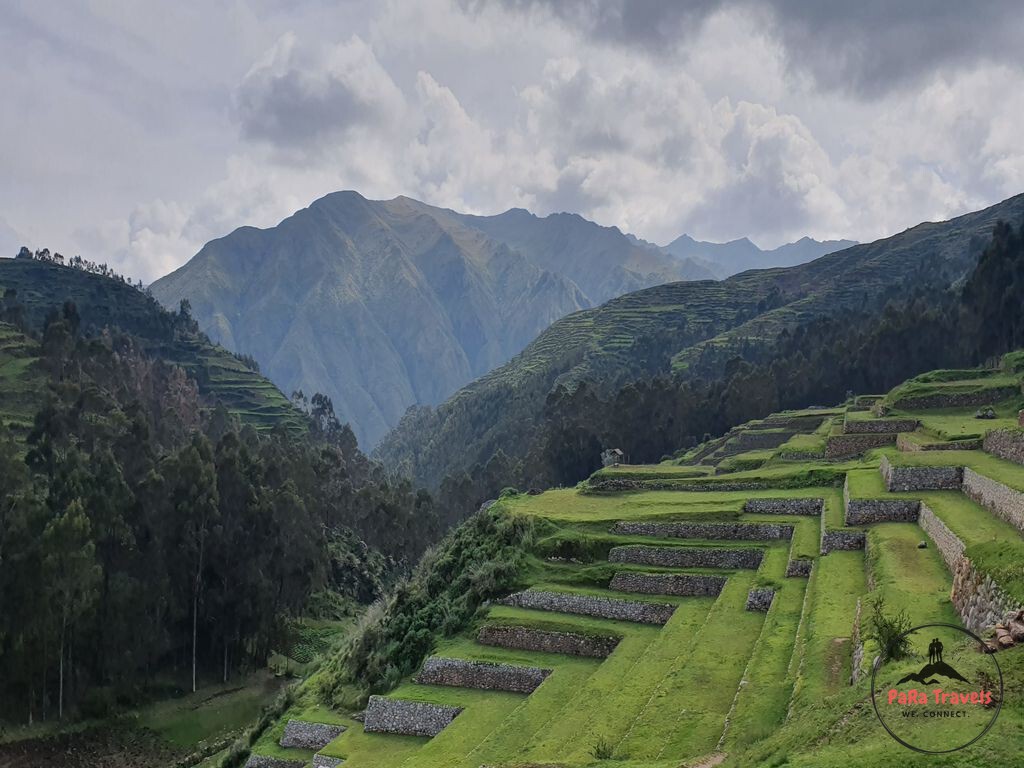
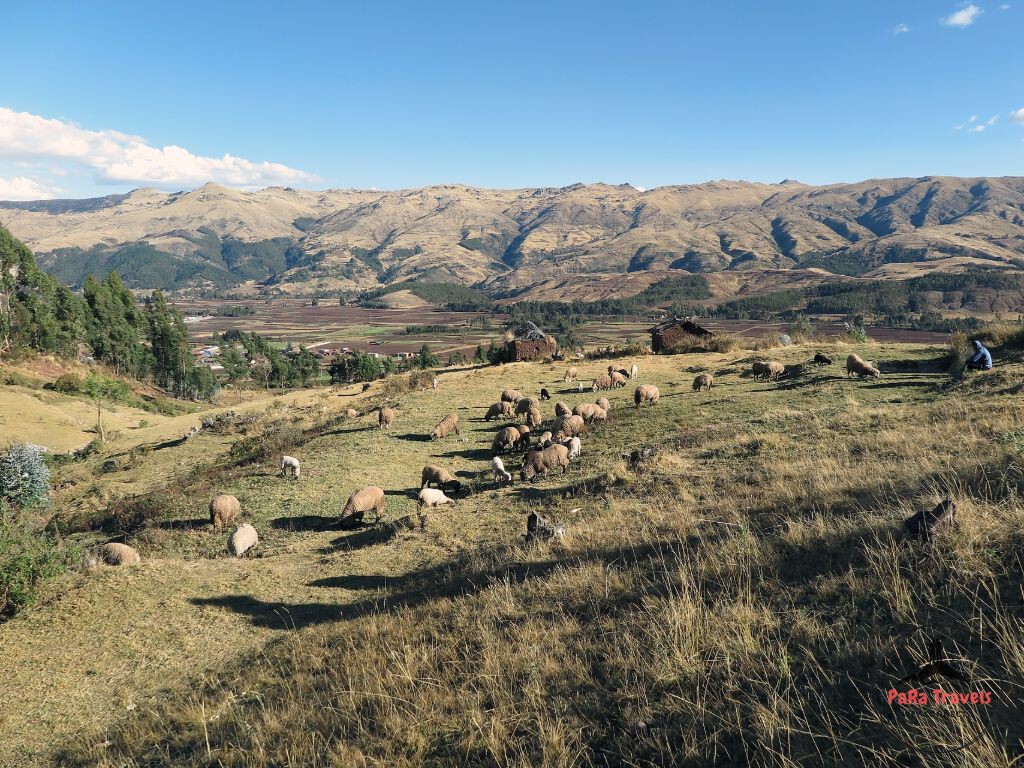
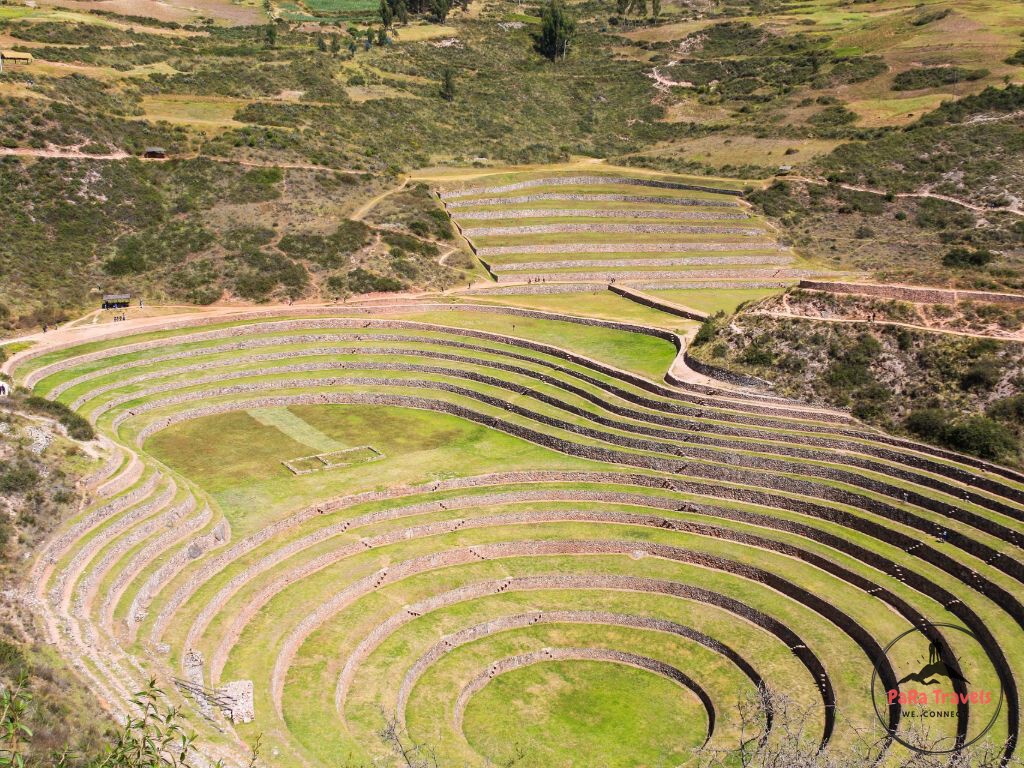
Humantay Lake
A beautiful day tour from Cusco is the Lago de Humantay at 4200 meters altitude. The reflection of the snow-covered peaks of the Andes Mountains in the turquoise colored lake gives it a unique look.
During the hike (which is very beautiful itself) you climb about 400 meters until you reach the lake. It takes about 1.5 hours at high altitude, but once above it is more than worth it. Now is the time to go, as climate changes are likely to make the glaciers disappear in the future.
During the Salkantay Trail, which I mentioned above, you will also pass the Humantay Lake!
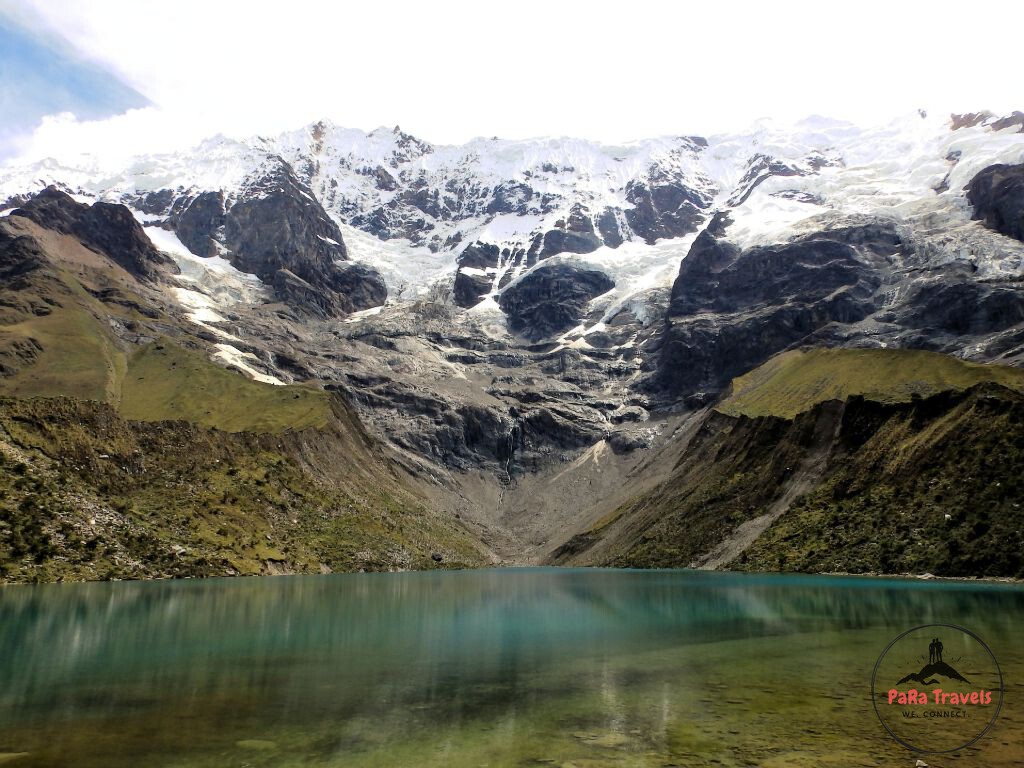
The Amazon
Those who go to Cusco may not immediately think of the Amazon, but relatively close by there are two perfect opportunities to discover the South American Amazon. If you have a few days left and want to get out of your comfort (ama)zone, this is the perfect time!
Both Manu and Tambopata are very good options to discover the Amazon. The main difference between the two is that Manu is a bit more remote than Tambopata. The result is that there are fewer tourists, the chance of seeing many animals is greater, but the price is higher.
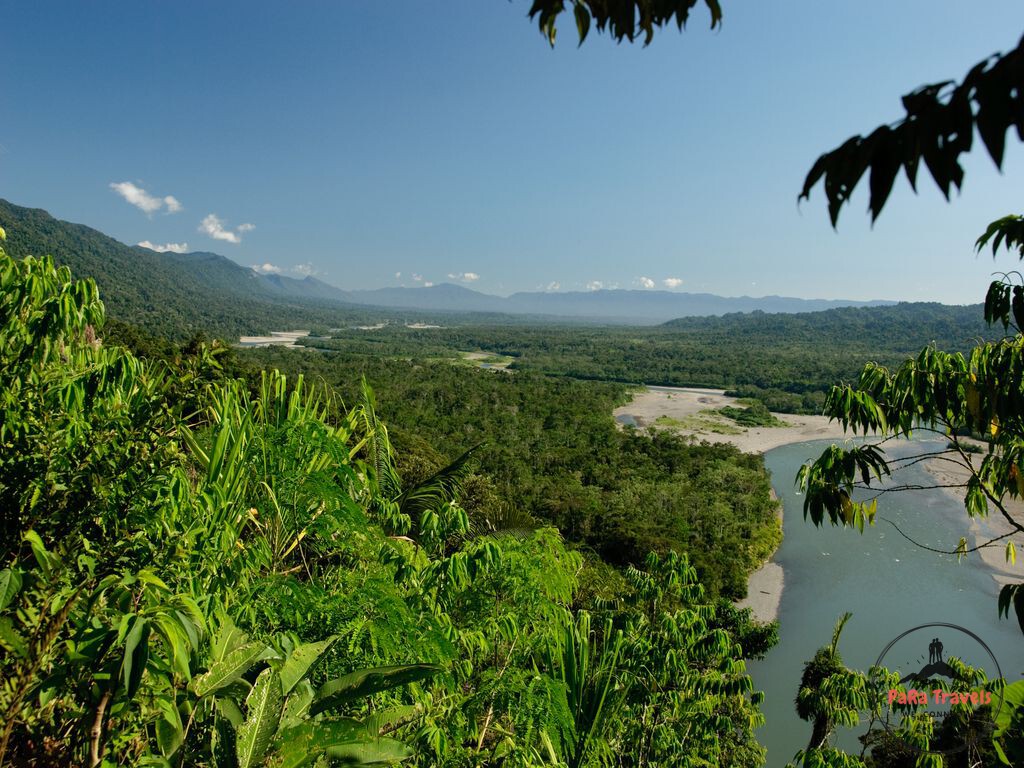

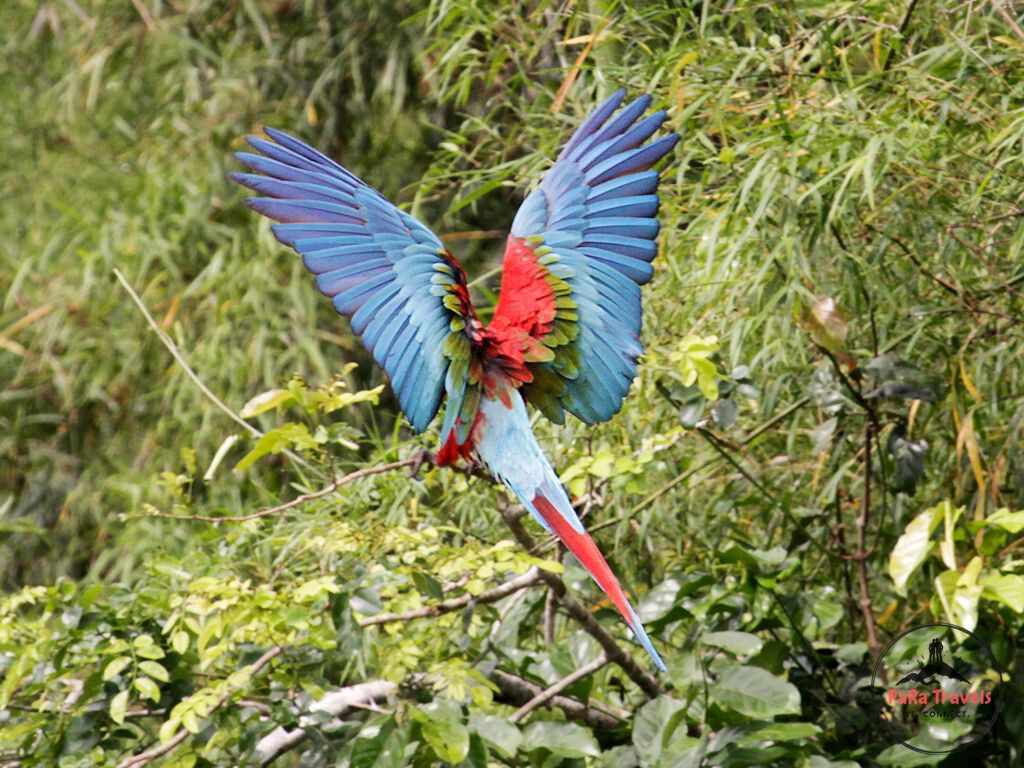
Manu National Park
The Manu National Park is divided into 3 zones; a cultural zone, a ‘reserved’ zone and the so-called national park (to create confusion …!). During one of the tours you basically enter the first two zones and not the national park itself. This zone is especially for biologists and students who conduct research there.
Due to the transition from low tropical forests to the cold high grasslands, Manu has one of the greatest biodiversity in the world. With a size of 1,716,295 hectares, there are more than enough places that may serve as a more tourist location in addition to Amazon life.
Most organized tours to Manu last four days. In this you travel from Cusco to the jungle and back. The roads will slowly deteriorate as soon as you leave Cusco, which means that you really enter the bush. During this trail you will be in the middle of the bushes. You sleep in a typical forest hut, make trips in search of monkeys, snakes, bears and many tropical birds (and much more) and sail in typical balsa rafts between the trees over the river “Madre de Dio”.
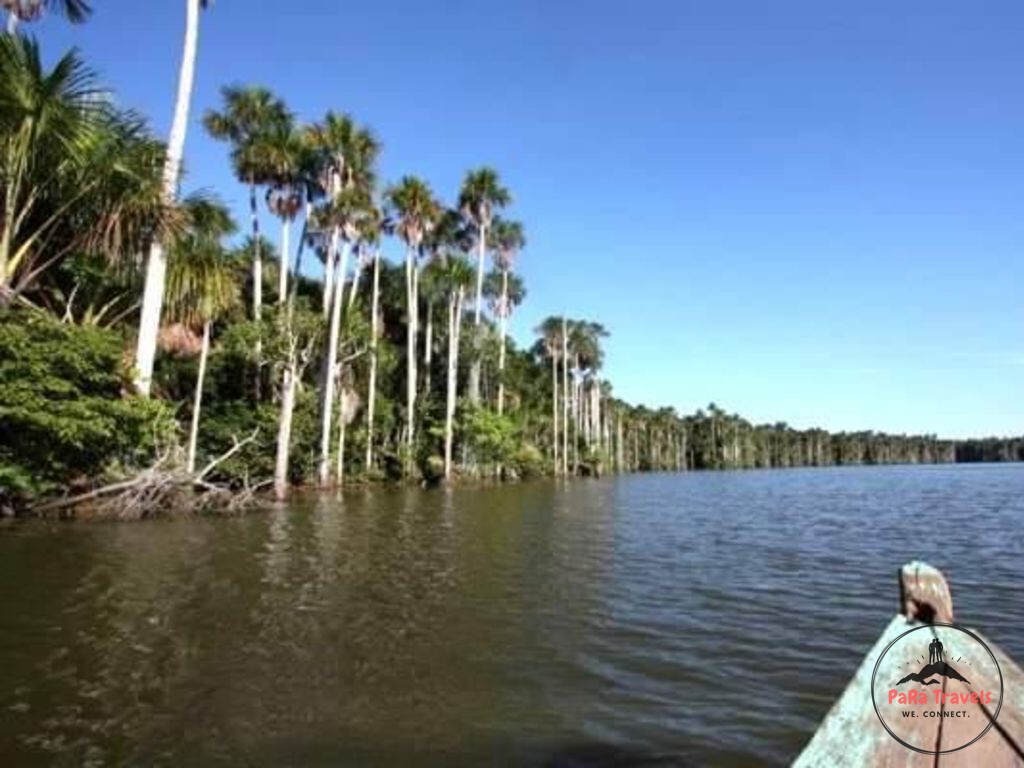
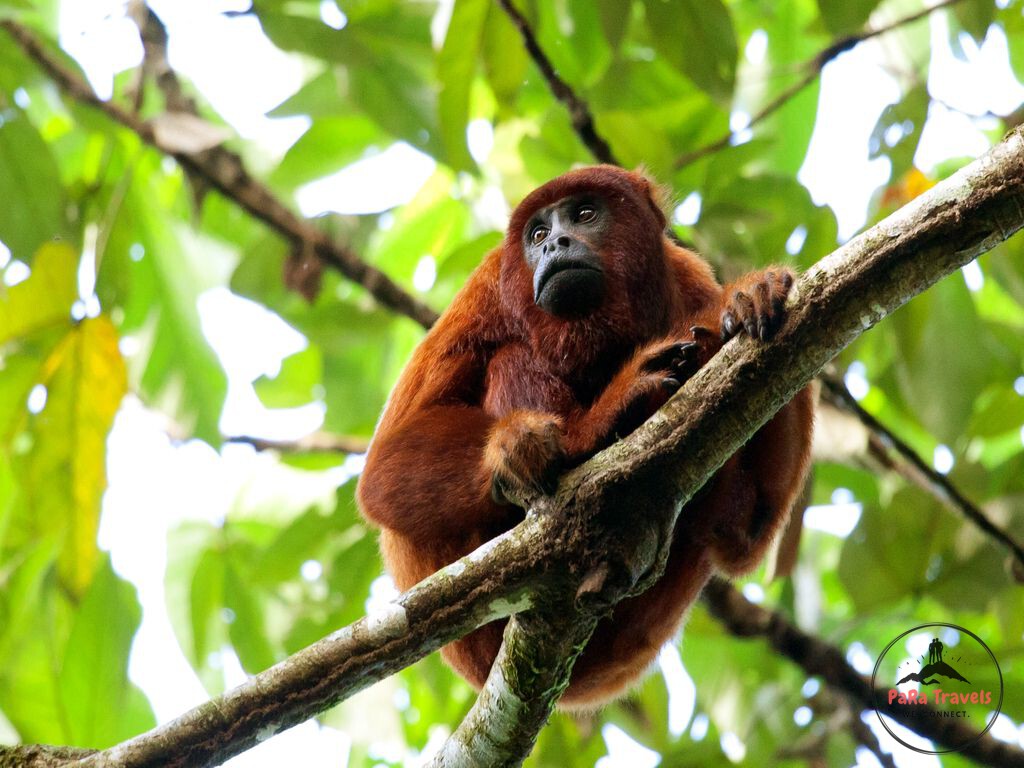

Tambopata National Reserve
With 274,690 hectares, the Tambopata National Reserve is a lot smaller than Manu. However, this does not mean that it is less beautiful; with its diverse protected habitats such as rainforests, river forests and oxbow lakes, you will find more than 1,000 species of butterflies, 100 species of mammals and around 600 species of birds and hundreds of different trees and plants.
For a tour to Tambopata you must first take the bus or plane to the city of Puerto Maldonado, nearby Tambopata. Which of the two travel options you choose depends mainly on your budget and if you mind sitting in the bus a bit longer. The latter option is often cheaper and if you can sleep well on the night bus, for example, this is a good alternative! From Puerto Maldonado you discover the Amazon with an organized tour in 2 to 7 days.
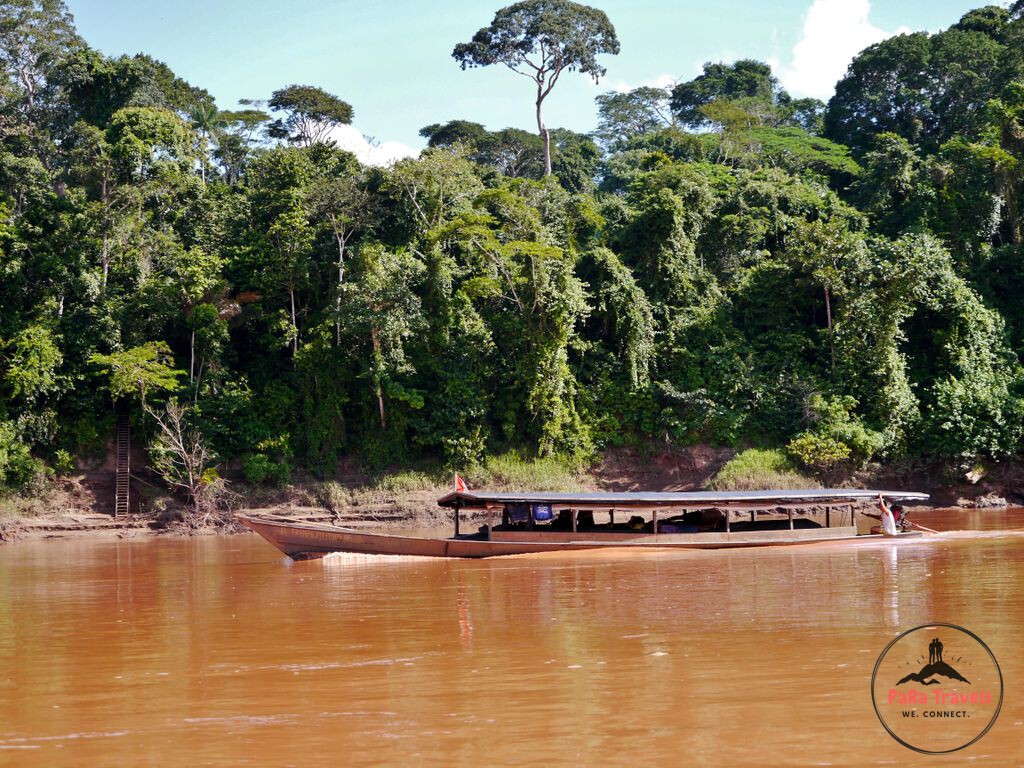
PaRa Travels
Two years ago in a bar in Cusco we, two friends from the Netherlands, met José. We discussed about the poor contact between South America and Europe, mainly due to the poor English of the locals. While figuring out the various trips we wanted to make, we became crazy of the super extensive range with unclear information on the internet. In addition, online prices were two to three times higher compared to local prices. We thought: this should be done differently! After a number of beers, the (back then more or less bizarre) idea arose to set up a travel agency together with the three of us.
With our own experiences in Peru we know a lot about the country, and especially about the city of Cusco. After setting up our own website, positive reactions arose and the first bookings followed quickly. We focus on quick and easy contact; WhatsApp, phone calls, email; everything in clear English or Dutch! If you have certain preferences or special requests, we will take them into account where after you will know exactly what to expect.
For tours booked online, we guarantee the lowest price. More important, we promise you a once in a lifetime experience for a very competitive, non-Western price. You can find all the information on this website. If you want to reach us, don’t hesitate to let us know; we are happy to help you!
